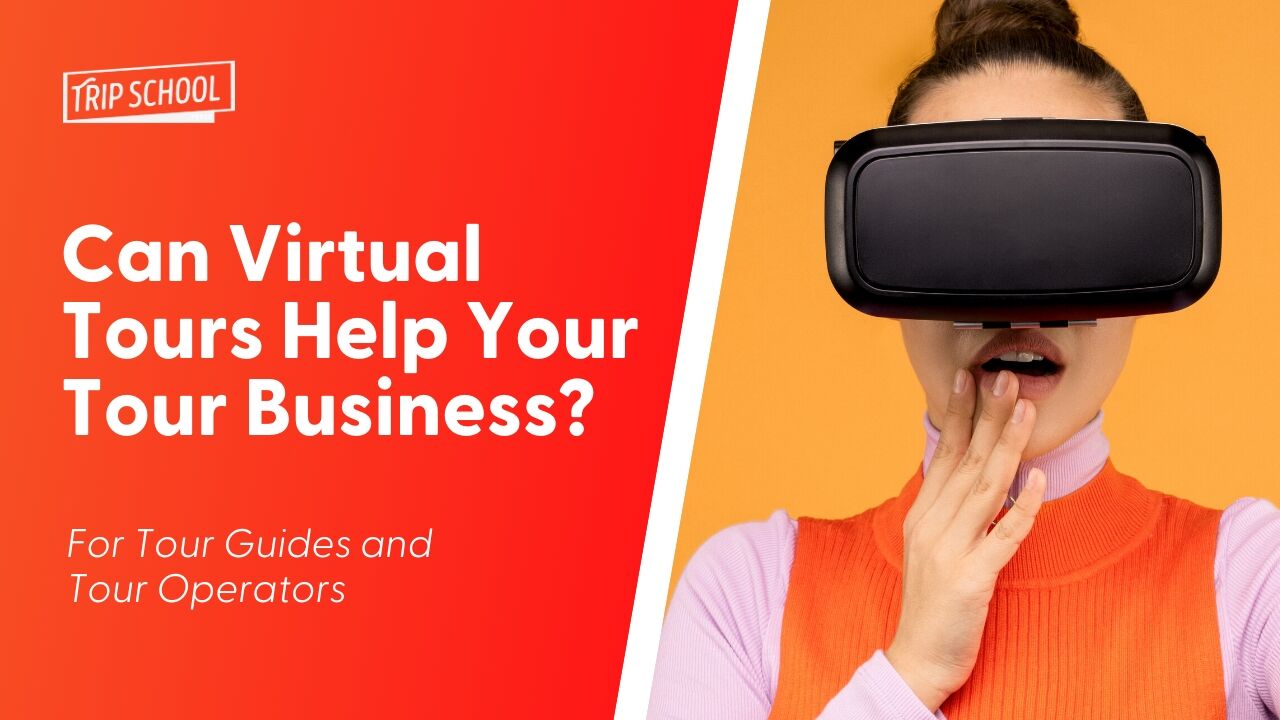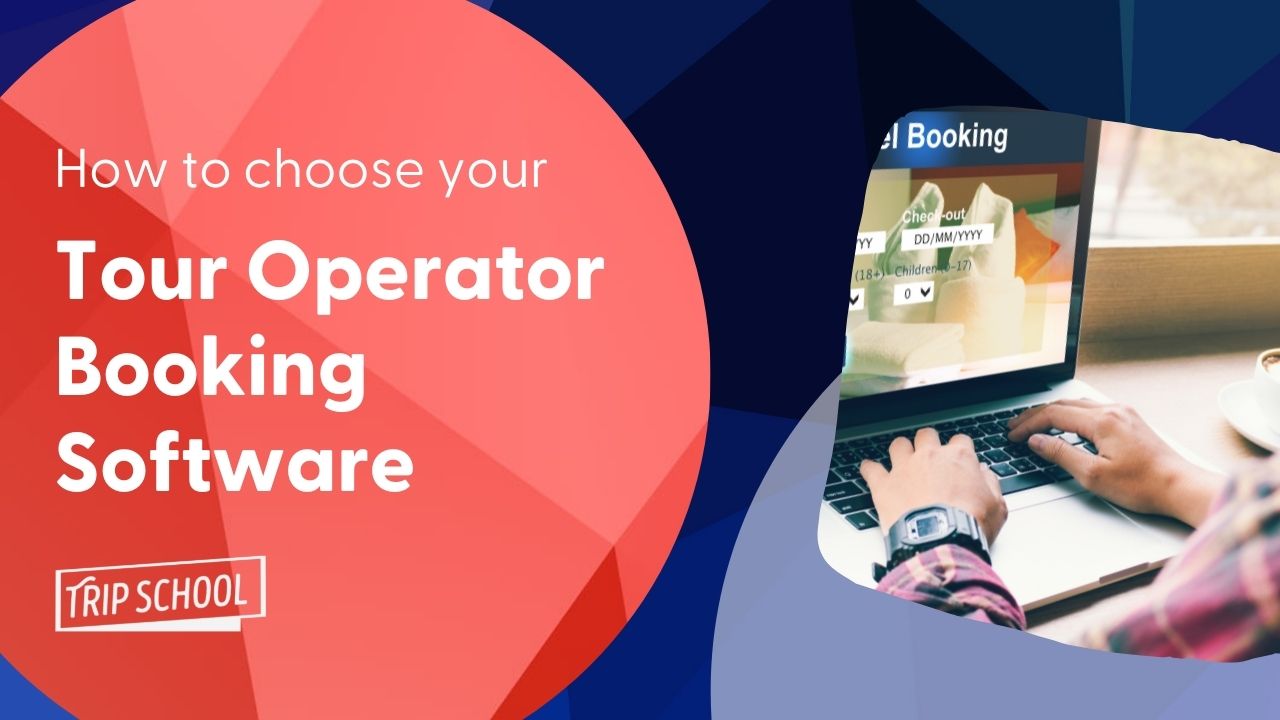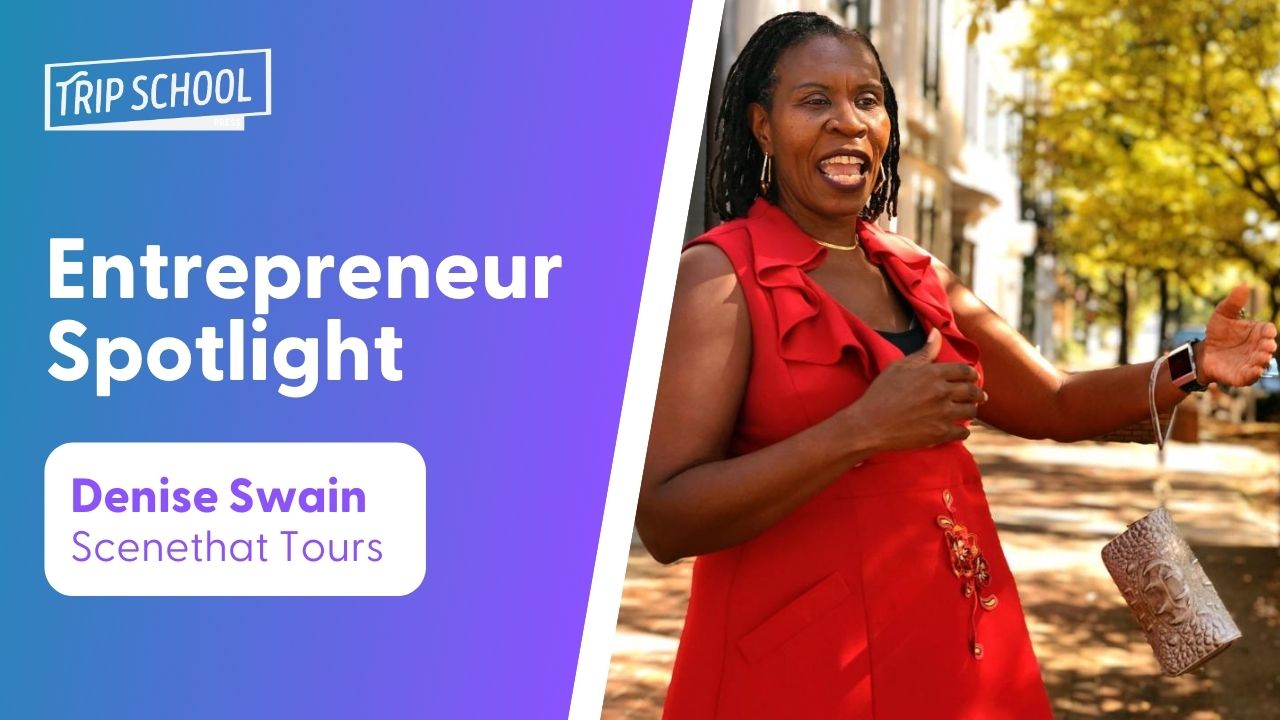How Developing Virtual Tours Can Help Your In-Person Guiding Business
This article focuses on the rise of virtual tours during the time of covid-19.
It’s the end of May, 2020, and the travel industry has endured a shock the likes of which it hasn’t seen in living history. Understandably, there was a sudden and massive shift towards thinking about offering online versions of what we guides love to do: deliver educational, entertaining, interesting guided travel experiences.
Overnight there became a new travel category: virtual tourism. The TripSchool team started fielding all sorts of questions: can I make money from virtual tours? What technologies do I use to offer these tours? What kinds of virtual tours can I create?
Already, as many countries and some U.S. states begin to ease lockdown restrictions, interest in all things virtual is waning, and we’re all thinking again about getting back to business as usual. And yet: many of us are still far away from guiding like we were. And the industry we’ll be returning to will be transformed.
Below, we want to offer some reasons why learning how to create virtual tours can support your in-person guiding business.
First off: what is a virtual tour?
Before we get started, let’s talk about what we mean by “virtual tour” or “online experience.” There is no sharp and fast definition, since it’s a category being invented each new day. A virtual tour attempts to bring a travel experience online by offering insight into a place without being there.
It could be:
- A walking tour now delivered using still images or recorded video, with the guide narrating to a live online group, via a video conferencing application like Zoom or Gotomeeting.
- A food tour company delivering foods to a customer via UPS, and then following up with an online session talking about the items.
- Recorded short videos of a destination
- A museum developing sharing its collection online, with curators or docents offering commentary
- A multimedia live presentation to a school group unable to travel to Washington, D.C.
Reasons why you might want to explore Virtual Tours
Are you doing something else more important right now?
Maybe you are! If you’re working hard, or using this time to dive deep on research, or getting out of the rat race and spending time with your family, then perhaps don’t go down this road.
The travel industry might look very different after covid-19.
Who knows if schools are going to be comfortable sending students to urban environments where the virus can spread easily? Who knows if 45 strangers from around the world are going to want to share a motor coach together? Who knows when international visitors will travel beyond their borders again? We’re seeing new obstacles–emotional, mental and physical–to traveling as we used to. Virtual tours are a way to continue relationships with existing customers, and offer something to travelers who won’t physically travel any time soon.
The skills you’ll learn will serve you well, beyond just virtual tours.
There are many technical skills that go into different kinds of virtual touring: video recording, digital marketing, website design, presentation creation, email list building, the list goes on. You might choose to offer a simple version, or dive into some of the more complex aspects. Either way, you’ll have skills that will be useful for the growth of your guiding business in the future.
Yes, some people are currently making money off of this.
There have been some great success stories of a handful of guides or small tour operators who have poured their souls into this new venture. It takes an understanding of marketing, and setting up a system to sell these experiences, but if you’re interested, it is a road that might bear fruit.
This is a chance to grow your possible tour client base.
As many of us lose our “usual” customers, perhaps for a long time, it’s worth thinking about the ways you can offer these tour experiences to new kinds of customers. Your tour topics may appeal to guests who wouldn’t usually travel to a destination, but are still interested in your content. Growing your online presence (and therefore reputation) is important as a guide, whether you have a business or not.
It’s a chance to dive deeper and prepare new tour material.
If you accomplish things best when you have a goal, then why not use this time to develop a tour “virtually” by learning and reading new material, and then plan to transition it to an in-person experience as travelers return to your region?
Virtual Travel allows you connect with your guests before and after the tour.
If virtual tourism is doing anything right now, it’s getting a lot of people to think differently about how the online and in-person worlds can connect better. It’s not a question of either/or, but rather of how you can use both to expand what you offer as a travel experience. Developing virtual touring skills may help you to:
- host virtual meetings before your group arrives
- give clients a taste of what they’re going to see ahead of time
- help those who can’t travel still get a taste of the experience
- sell your tours to future customers by offering “teasers”
- follow-up after the tour with continued online gatherings, continuing a sense of community and loyalty to you.
So why not give it a shot? If you’re interested in seeing what other guides and tour operators have done, check out our Virtual Tour Directory we’ve created, filled with dozens of examples from around the world!







